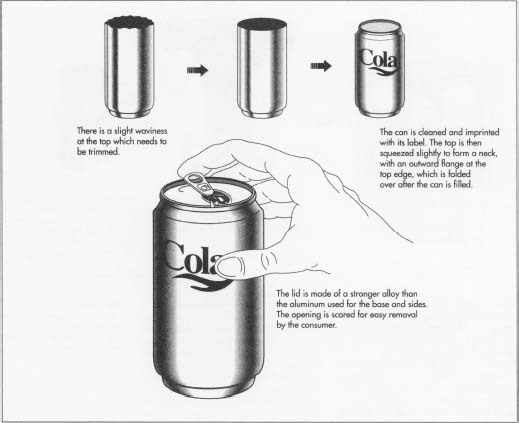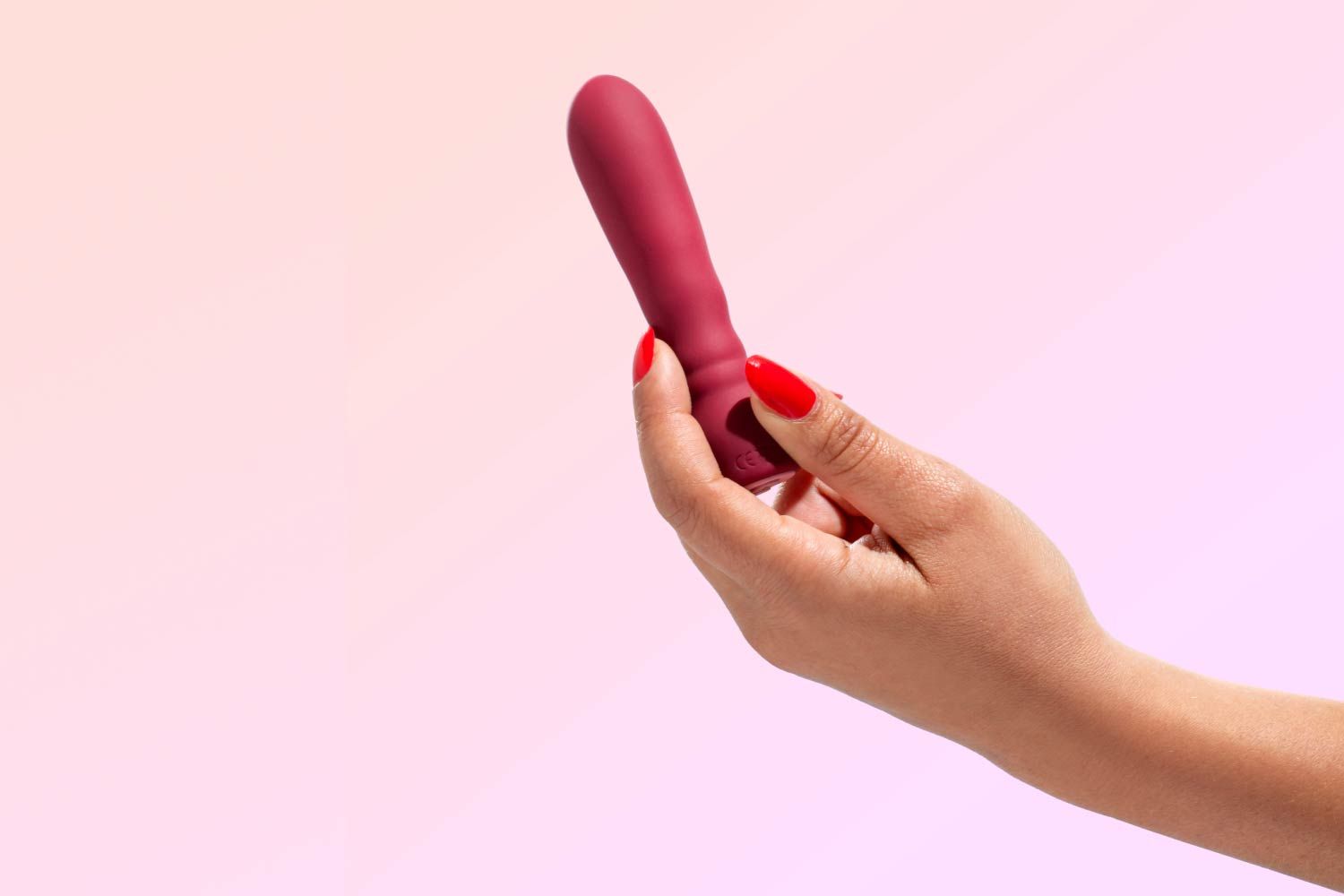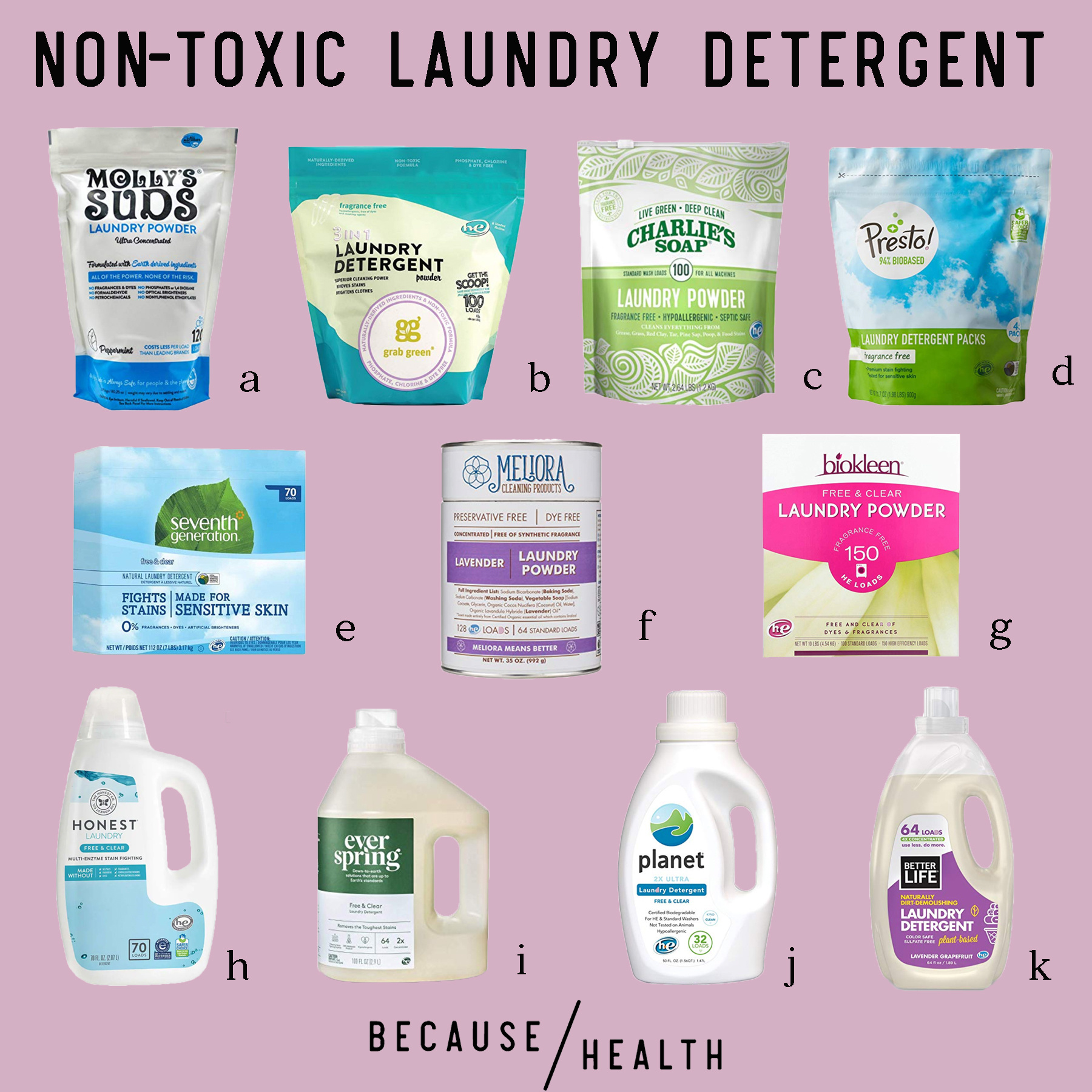Recycling is not just a trend; it’s a vital process that contributes to sustainability and conservation of resources. One of the most common items we recycle is the soda can, which can make its journey from recycle bin to store shelf in a remarkably short time.
How Is A Soda Can Recycled?
Recycling a soda can is a fascinating process involving several steps. Firstly, cans are collected and transported to recycling facilities, where they are sorted from other materials. The sorted aluminum cans are then compacted and shredded into small pieces for easier processing.
These shredded pieces are melted in a large furnace, where they are transformed into molten aluminum. This liquid is then poured into molds or rolled into sheets, which are used to manufacture new cans or other aluminum products.
Throughout the process, advanced technology ensures that the recycling is done efficiently, with minimal waste and energy usage. The end result is a new aluminum product, ready to be used again, without any degradation in quality.
What Are The Steps in The Recycling Process?
The recycling process for soda cans involves several key steps. After collection and sorting, the cans undergo de-coating to remove any paint or labels. Next, they are melted in a furnace and cast into new shapes. After solidifying, the aluminum is rolled into thin sheets that can be cut and formed into new cans or other products.
- Collection and sorting
- De-coating
- Melting
- Casting
- Rolling
- Manufacturing new products
This efficient cycle reduces the need for mining new aluminum, saving a significant amount of energy and resources.
How Long Does It Take to Recycle A Soda Can?
The entire process from when a can is dropped into a recycle bin to when it reappears on a store shelf can take as little as just 8 weeks. This quick turnaround is possible because of the high recyclability of aluminum, which does not degrade during the recycling process.

Speed is crucial in recycling, as it ensures that materials are back in circulation quickly, reducing the need for new raw materials and minimizing the environmental footprint of our consumption habits.
What Happens to Metal After Recycling?
After recycling, metals like aluminum and steel can be used to create a wide variety of new products. Recycled aluminum, for instance, is often used to make new cans, automotive parts, and even aircraft components.
 I switched to natural cleaners and I’m never going back: my journey
I switched to natural cleaners and I’m never going back: my journeyRecycling metals is a closed-loop process, meaning that these materials can be recycled indefinitely without losing any of their properties. This makes metal recycling a highly sustainable practice with a significant positive impact on the environment.
Can Anything Be Recycled Alongside Soda Cans?
Many other items can be recycled alongside soda cans, such as paper, glass, and certain plastics. However, it’s important to understand the recycling guidelines of your local area to ensure that materials are properly sorted and processed.
Items like steel cans, aluminum foil, and pie pans, which are made from similar metals, can often be recycled with soda cans. Yet, it is crucial to avoid contamination by keeping out non-recyclable materials.
Why Is Recycling Aluminum Important?
Recycling aluminum is important because it saves a tremendous amount of energy. Producing aluminum from recycled material uses 95% less energy than producing it from raw bauxite ore. Moreover, recycling aluminum reduces greenhouse gas emissions and conserves natural resources.
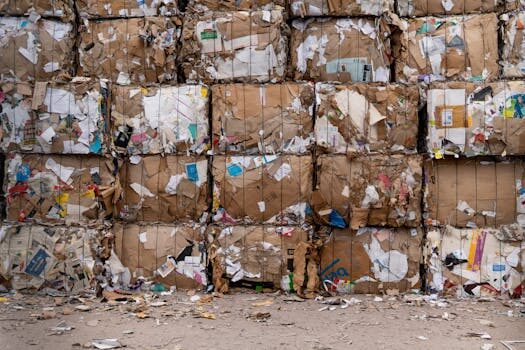
Aluminum is also a valuable material that can be recycled without losing its quality, making the process of recycling both an economic and environmental win.
What Are Common Misconceptions About Recycling?
There are several misconceptions about recycling that can hinder the effectiveness of recycling programs. For example, one common myth is that all plastics are recyclable, which is not the case. It’s important to know which types of plastics your local facility can process.
Another misconception is that recycling uses more energy than it saves. In fact, recycling materials like aluminum is significantly more energy-efficient than producing them from virgin resources.
Related Questions on The Recycling Journey
How Is A Soda Can Recycled?
After being thrown into a recycle bin, a soda can starts its journey by being sorted and cleaned. The can is then shredded, melted, and cast into new sheets of aluminum that can be made into new cans or other products.
This quick and efficient recycling process ensures that aluminum stays in the production loop and reduces our dependency on extracting new materials.
 What is ethical honey and how can I find it?
What is ethical honey and how can I find it?What Are The Steps in The Recycling Process?
The recycling process for a soda can involves collection, sorting, de-coating, melting, casting, rolling, and finally, manufacturing. Each step is designed to conserve as much of the material’s quality and value as possible.
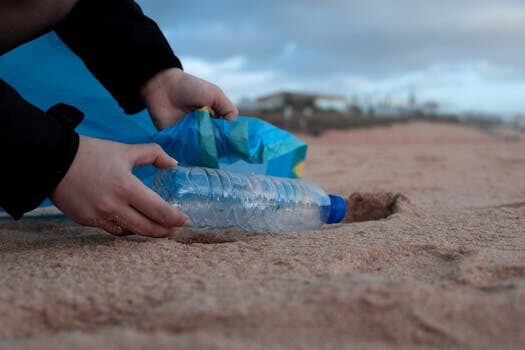
How Long Does It Take to Recycle A Soda Can?
A soda can can go from being in your recycle bin to back on the shelf as a new can in just 8 weeks. This incredibly fast process shows the efficiency of aluminum recycling.
What Happens to Metal After Recycling?
Metal such as aluminum can be recycled indefinitely without losing quality or purity. After recycling, the metal can be used to produce new cans or other products, continuing the life cycle of the material.
Can Anything Be Recycled Alongside Soda Cans?
Yes, other items made of aluminum or steel, such as food cans and baking tins, can often be recycled with soda cans. However, proper sorting is key to ensure efficient recycling.
Why Is Recycling Aluminum Important?
Recycling aluminum is important because it saves energy, reduces pollution, and conserves natural resources. This efficient process requires less energy than producing new aluminum, making it a sustainable choice.
What Are Common Misconceptions About Recycling?
Common misconceptions include the belief that all plastics are recyclable and that recycling consumes more energy than it saves. In truth, recycling aluminum is highly energy-efficient and beneficial for the environment.
As we delve deeper into the journey of a recycled soda can, let’s watch a video that illustrates this process.
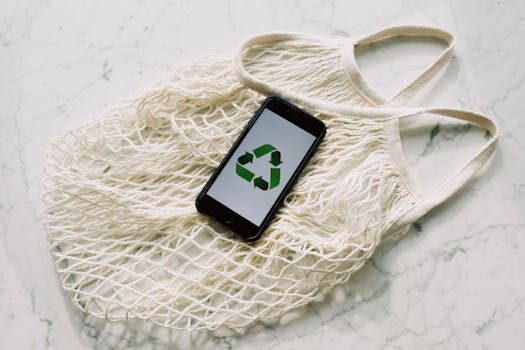
 Get that laptop away from your crotch! (And other ways to protect yourself from EMF radiation)
Get that laptop away from your crotch! (And other ways to protect yourself from EMF radiation)In conclusion, the journey of a recycled soda can is a testament to the effectiveness of recycling systems and the importance of sustainable practices. By understanding and participating in recycling, we can reduce our environmental impact and contribute to a healthier planet for future generations.

